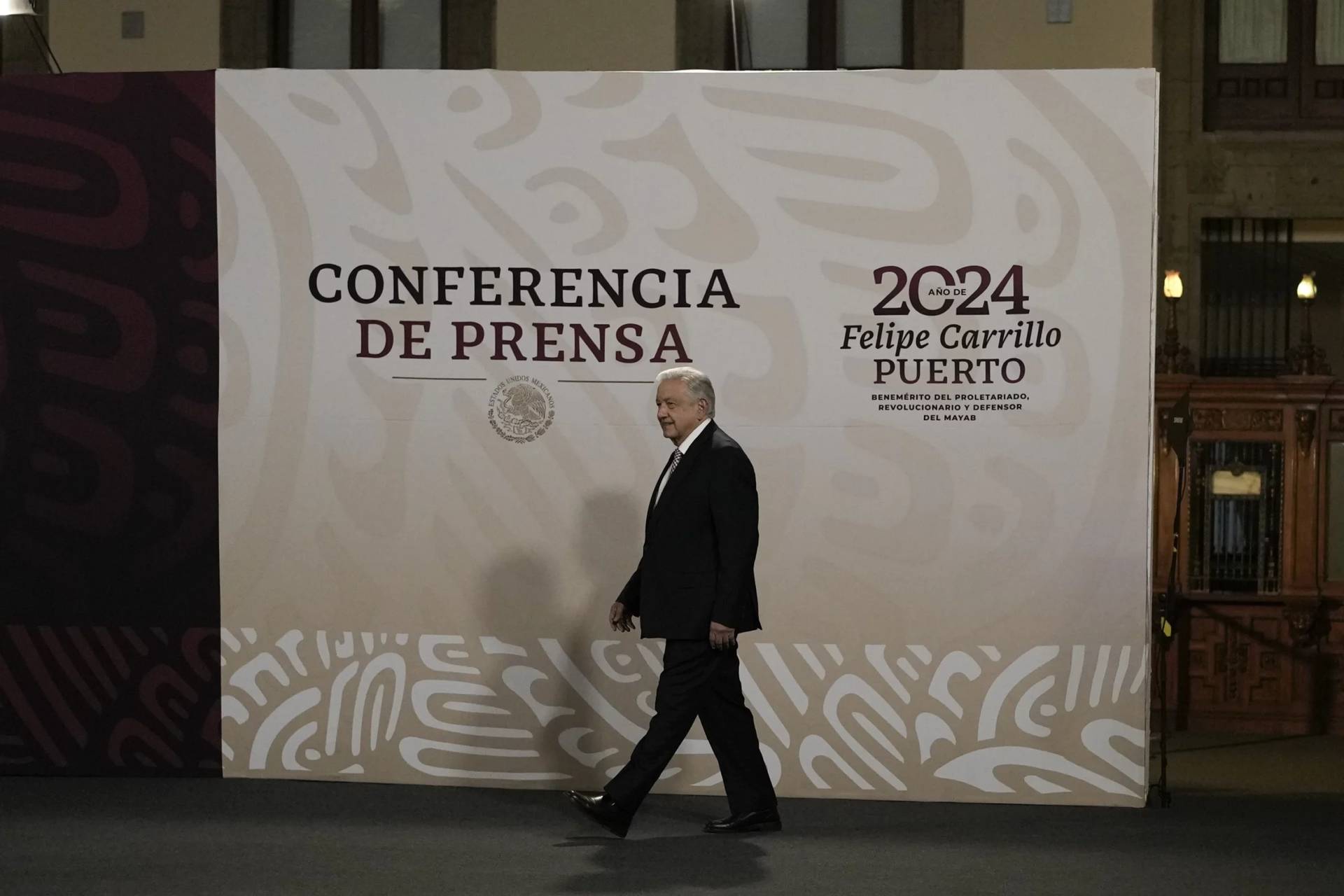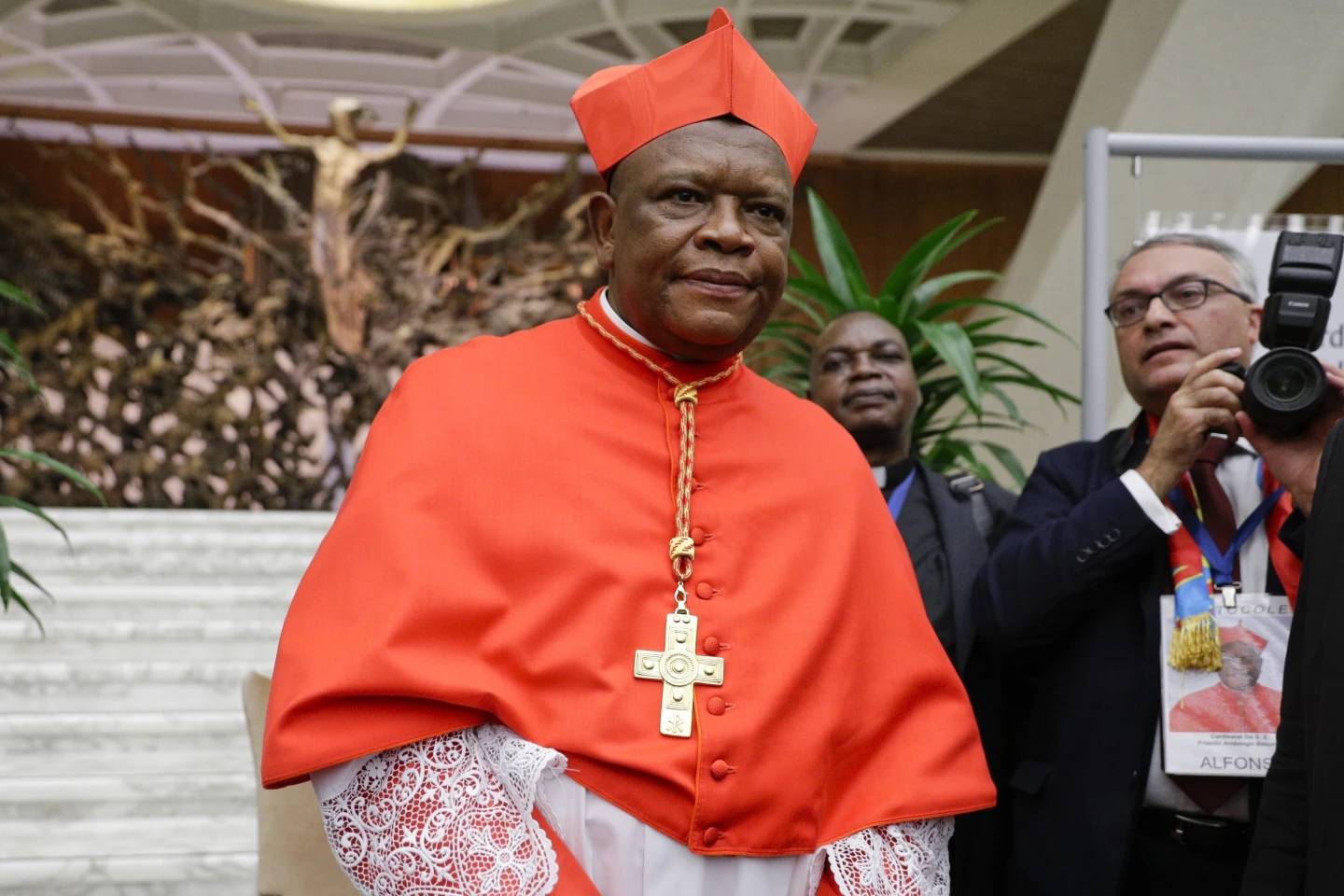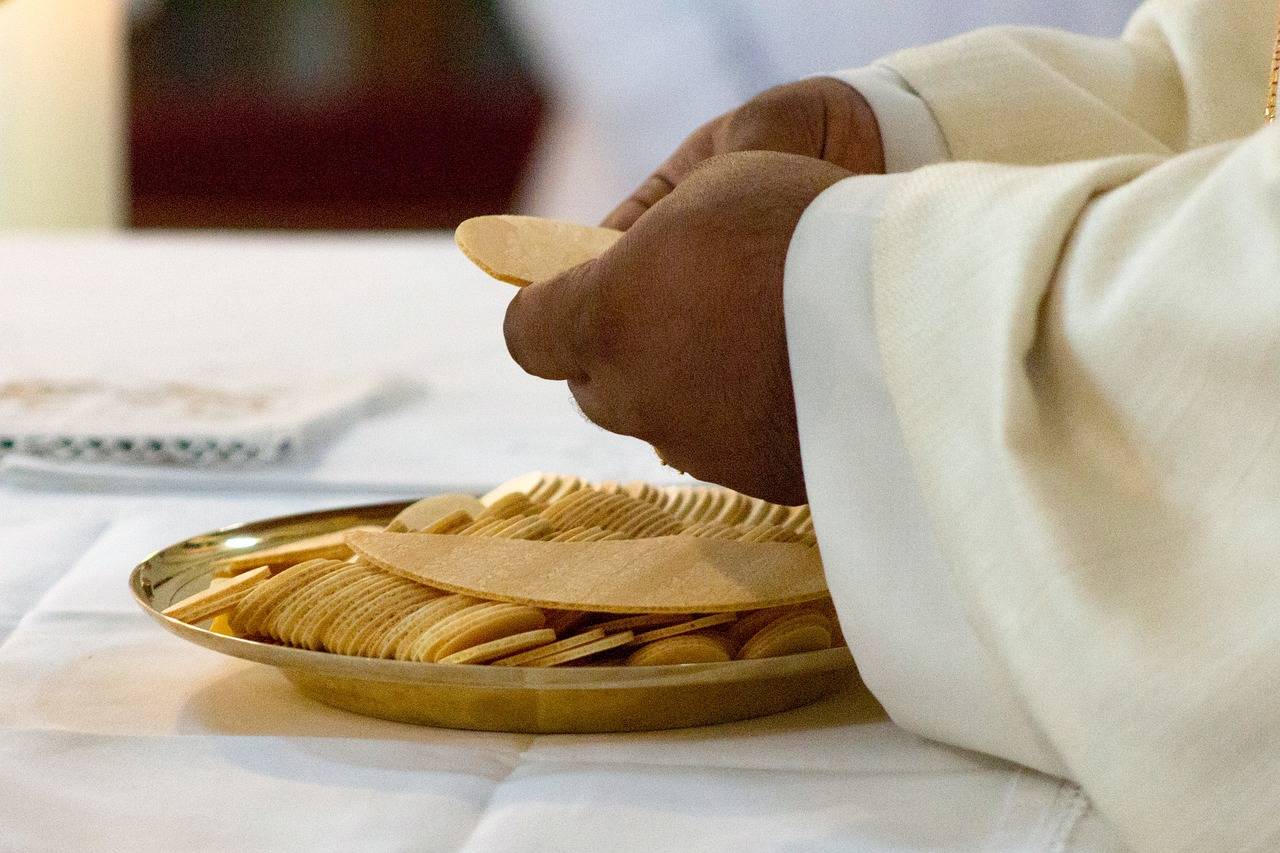ROME – Although a March 19-24 meeting in Rome of 300 young people from around the world, buoyed by some 15,000 youth who took part via Facebook, was intended to provide a broad x-ray of what young people are thinking and feeling, debate about its final document has been dominated by constituencies who felt under-represented, above all devotees of traditional liturgy and the older Latin Mass.
In response, some of those who took part in the physical, rather than virtual, gathering in Rome seem to be saying, in effect, “Hey, keep your eyes on the prize.”
“Don’t poo-poo it right away, or just because you weren’t there or just because your line from the Facebook group didn’t make it in,” said Katie Prejean, 28, who took part in one of the English language groups, referring to the 16-page final document.
“I’m proud of it,” she said.
That sentiment was echoed by Brazilian Filipe Domingues, 31, a doctoral student at the Pontifical Gregorian University in Rome and a member of the editorial team that produced the final document.
“What I think the document shows is that young people are tired of being told what to do, how they should behave, and so on,” he said, speaking on “The Crux of the Matter,” Crux’s weekly radio program that airs Mondays at 1:00 p.m. Eastern on the Catholic Channel, Sirius XM 129.
The document, he said, isn’t intended to adjudicate every contested question in Church life, but it’s “something that’s supposed to help the synodal fathers and the bishops and whoever works with youth to help them understand what’s happening in the world with young people.”
In the wake of the document’s release on March 24, a small but outspoken group of individuals voiced their disapproval on Facebook, a new tool for the Vatican, which it adopted to include a broader range of young people in the discussion. What this group wanted was a direct reference to the Latin Mass within the text, which instead limited itself to pointing to the interest shown by some young people toward “reverential traditional liturgies.”
A consistent bloc of more or less thirty individuals flooded the six private Facebook pages of the pre-synod with praise for the traditional Latin Mass, thereby pushing it for a while to the top of trending topics on social media counters.
RELATED: Youth leaders insist ‘no conspiracy’ to silence fans of traditional liturgy
Yet according to participants such as Prejean and Domingues, the web-based lobbying campaign risks overshadowing an event they described not only as “revealing” and “joyful,” but also just plain “fun.”
At the same time, the aftermath of the document’s release also highlights a growing and much commented-on polarization in the United States, which according to Prejean, “makes for a very polarized Church,” and which also infects the perception that many outside the country have of the U.S.
When she walked into her English language group at the gathering, Prejean said, she immediately made snap judgments about the 20 young people there, quickly placing them into stereotypes and making assumptions about what their interests and agendas were.
In five days, those judgments were reevaluated, set aside or turned upside down, she said.
“The word that I have been holding on to lately has been revealing,” Prejean told Crux in an interview. “I think I knew a lot… I thought I knew a lot about ministry. I felt like I was a pretty good representation of, like, what young adults are feeling, what young adults are thinking.”
During those five days the young U.S. author and speaker learned that Catholic Radio Maria is popular among under 30’s in Latvia, that there is such a thing as an “official” and underground Church in China, and that the many things that she is accustomed to in the U.S. are not a given elsewhere.
“Again and again over the course of the week, I was struck by the embarrassment of riches that the American Church has when it comes to youth and young adult ministry,” she said.
Soon strangers became friends, and every night the cafeteria of the Pontifical Maria Mater Ecclesiae College, not far from the Vatican, was jam-packed with 300 youth exchanging laughter and opinions as easily as wine and parmesan cheese.
“There was just this real sense of joy and community that formed very quickly,” Prejean said. “It wasn’t just hard work and no play. We did enjoy the community and the fellowship and… this is the Church.”
Domingues said the feeling the youth gathering captured is something that encompasses the Church as a whole.
“When we were discussing what’s important for young people, we were, in the end, discussing what’s important for the Church in a broader way,” he told Crux.
Prejean said the push for an explicit reference to the Latin Mass was largely an internet phenomenon.
“If you were in the room present when the [pre-synod] was going on, you would not have realized there was this vitriol happening in the Facebook groups,” she said.
“It did not appear to be coming up in the language groups themselves, but it was a huge faction on the internet,” Prejean said, adding that she perceived a lot of “bitterness” from those who felt that the youth gathering was nothing more than a “dog and pony show” with a clearly pre-set agenda.
Ultimately, the young Catholic felt like there was no way to appease the requests of this group, which in her opinion would have opposed the document even if it included the precise language they desired.
“We could not have won either way,” she said.
Opposition to the document became so forceful that organizers of the meeting felt they had to publish a statement, saying there was no “conspiracy” to quiet those who favor the Latin Mass. It also echoed Prejean’s assessment that “what we in America would call very right-wing agendas of the Church” were not as present throughout the gathering as they tried to project.
Yet looking at the comments on the Facebook page of the 2018 Synod, the voice of the traditionalist view of the Church is very present. A video of a Jamaican archbishop dancing with youth and published on the page, for instance, also generated a violent backlash from those who saw it as demeaning to a bishop’s role and stature.
Participants at the event, looking at the aggressive comments and the times they were published, believe many originated from the Americas, particularly the United States.
“In the United States of America right now, we’re a very polarized society and so I think that makes for a very polarized Church,” Prejean said.
“There are people who bring that right-wing perspective all the way to the extreme, so the pendulum never seems to swing back. And then there is never a place where we can happily exist together,” she added.
Many young people around the globe asked Prejean whether “Americans are really at each other’s throats all the time,” and hate each other as much as it looks like from the outside.
“I think we don’t recognize it’s a big tent, it’s a big Church. There’s room for everybody,” she said, drawing from the five-day experience at the youth gathering.
She said organizers told participants that the bishops at the synod will be presented with all the summaries of the event, which includes those from social media, as material for reflection, so that the comments on the Latin Mass will be available to them.
Domingues, who stayed up until 4 a.m. to redact the final draft of the document, says that “It’s not ‘the truth,’ it’s not like scripture, it’s not a theological document,” but rather an ambitious attempt to snap a polaroid of youth and faith today, or as Cardinal Lorenzo Baldisseri, head of the office for the Synod of Bishops, told Crux “an experiment.”
“I think we do have a lot to say, and it’s better if we’re consulted when we’re part of this process,” Domingues added, all the while holding the final document jealously in his hands.
“It’s not perfect. It was written by 20-something-year-olds over the course of five days. It’s gonna be a little rough around the edges,” said Prejean, adding that in her opinion the text ultimately “packs a punch.”
It was greeted by rounding applause at the gathering and after all 300 left the building they took a joyous selfie. All of this was topped by first time ever youth party at Castel Gandolfo, the pope’s summer residence.
Prejean woke up Tuesday back home in the States missing greeting her friends at the cafeteria and even “the very weak coffee” there. In the end she learned a lot, made friends and handed the bishops a document that she feels does justice to Pope Francis’s request for youth to have the courage to speak up, even to shout.
Domingues shared that assessment too.
“I think Pope Francis wanted to hear what the young people had to say, and make sure the bishops would hear it,” he said. “He didn’t want to just tell them, ‘Let’s do a synod on youth, and we’ll decide together what the young people want.’”
















